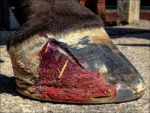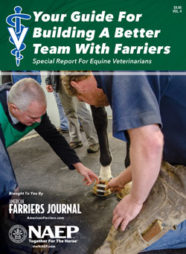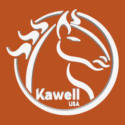Advertise Follow Us
American Farriers Journal

View Archived Issues
November 2016
Volume: 42
Edition: 7
American Farriers Journal is the “hands-on” magazine for professional farriers, equine veterinarians and horse care product and service buyers.
-
Table Of Contents
Table Of Contents
2016 Farrier Business Practices SurveyHow Does Your Business Measure Up?
Data gleaned from the only industry-wide benchmark survey of its kind let you compare your business with other footcare operationsRead MoreMolding Better Backyard Horse Clients
Communication and motivating owners are keys to managing hoof careRead MoreFarrier Shop Loyalty Has Its Rewards
Farriers enjoy a multitude of benefits when ordering from one supplierRead MoreSo It’s Time To Sell Your Farrier Business
If you’re thinking about retirement or switching occupations, determining the value of your footcare business isn’t easyRead MoreQuick and Easy Exercises that Will Prolong Your Career
A farrier and physical trainer shares brief advice that focuses on exercises and nutrition essential to a farrier’s fitnessRead MoreAvoid Undesirable Clients By Asking These 6 Questions
Red Velvet Rope Policy guards Wisconsin farrier’s hoof-care practice from troublesome horse ownersRead MoreReprinted with permission from Equine Veterinary Education (EVE). Original published in Equine Veterinary Education Vol 28 June 2016.Various Aspects Of Barefoot Methodology Relevant To Farriery
This thorough review will help you analyze and plan for transitioning a horse from shod to barefootRead MoreGetting A Handle On Hammers
Selecting, maintaining and using one of the most important tools in your boxRead MoreDon’t Let Quarter Cracks Slow Your Clients
Understand the pitfalls for better patching of performance horsesRead MoreAAPF/IAPF Launches Credentialing Program
Renewable, stackable process aims to educate farriers, vets and horse ownersRead More -
Featured Articles
Featured Articles
2016 Farrier Business Practices SurveyHow Does Your Business Measure Up?
Data gleaned from the only industry-wide benchmark survey of its kind let you compare your business with other footcare operationsRead MoreMolding Better Backyard Horse Clients
Communication and motivating owners are keys to managing hoof careRead More - Digital Edition
-
Online Extras
Online Extras

















